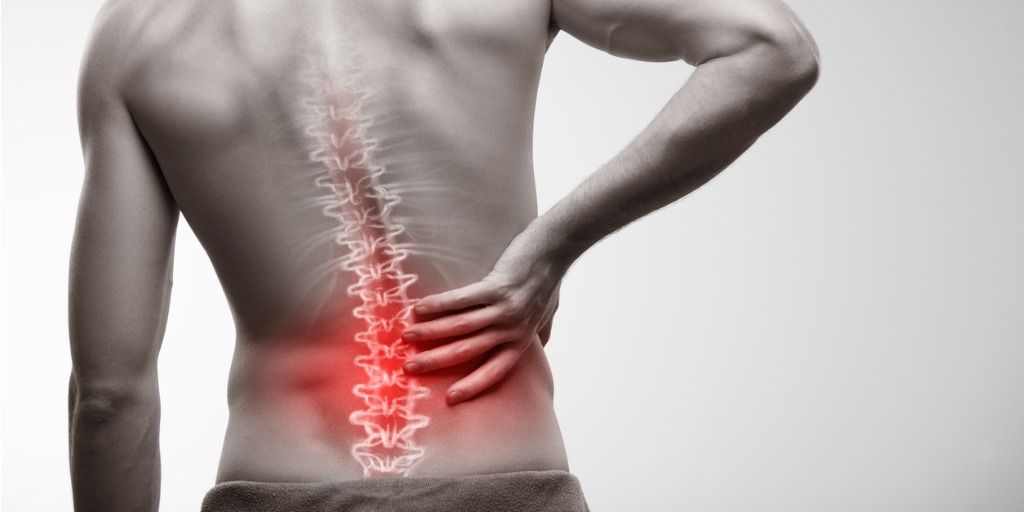Patient Spotlight - Boiler Maker
In February 2022 a workers compensation patient was referred to us after sustaining a medial meniscus tear in her right knee while at her workplace. This patient is employed as a boilermaker welder for one the major mining companies here in WA. After sustaining the injury in January 2021, this patient continued to complete her 8/6 FIFO roster on modified duties, until finally succumbing to surgery in November 2021.
This patient advised she was a single woman, lived alone and enjoyed heading on solo camping trips on her week off from site. An activity she could no longer enjoy as a result of her injury. By the time this patient was referred to Absolute Balance, she was back at square one after a failed bout of conservative treatment, that had ultimately led to surgery. The patient admitted to being sceptical of exercise rehabilitation due to her previous failed attempt with conservative treatment, that was mostly based around Manuel therapy and dry needling techniques.
I first met this patient for one of eight sessions in early February of 2022 where I was quick to pick up on the external factors at play and the patient hesitance to engage in a structured exercise regime.
By identifying critical job demands and requirements for this patient’s role, I was able to develop a prescription-based exercise program aimed at strengthening the surrounding musculature of the knee joint as well as educating the patient on safe manual handling techniques that could be implemented at work to avoid moving her knee into compromised positions.
As much as the patient wanted to complete her job role pain free, the patient had a strong desire to re-engage with the outdoors which was something she was very passionate about. Identifying the patients love for the outdoors as a critical component to the patient’s mental health, I was able to supply the patient with self-managing equipment such as a Fitball and various tensile resistance bands, that could be utilised by the patient while on site but also while camping in the great outdoors.
By acknowledging the patient’s willingness to utilise self-managing equipment for her to participate in camping/recreational activities, the patience compliance and overall recovery was fast-tracked, leading to the patient being certified fit for full duties before the end of our 6th session, well inside expected recovery timeframes.
This case is one of many examples of the amazing work the Exercise Physiologists at Absolute Balance do that impacts their patients’ lives, looking holistically at the patient and by understanding that someone's job can define them as a person.
This is how we save lives. We ensure that injuries that occur at work do not mean that an individual cannot engage in meaningful employment in the future or have to change their life goals to meet their new circumstances. Our vision of making exercise the answer for all health conditions resonates through our everyday treatment of patients with our team embodying this vision. I look forward to sharing more patient stories with you over the coming months as we continue to help more injured workers in 2022.
Jakeb Tartaglia
Workers Compensation Specialist ‑ Team Leader South (AEP, ESSAM)
Exercise Rehabilitation Services ‑ WA




